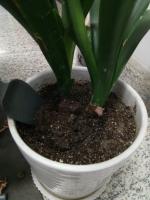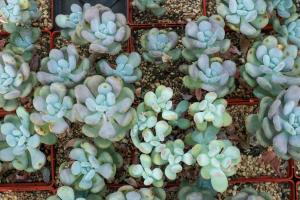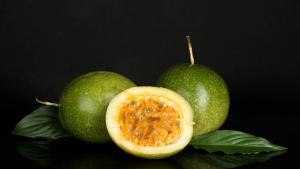Where is the Water Wheel Plant Found?
The water wheel plant, or Aldrovanda vesiculosa, is an aquatic plant that is native to various regions around the world. It is a rare and threatened species, and has developed some unique adaptations to survive in its niche environment.
Natural Habitat
The water wheel plant is found in several countries with warm, temperate climates, such as Australia, Asia, Africa and parts of Europe. It grows in shallow, nutrient-poor water such as ponds, ditches, swampy areas and slow-moving streams. The plant tends to prefer acidic, peaty substrates which are low in dissolved minerals that may harm the plant. It has been known to grow in water temperatures ranging from 4 - 30°C, and can even survive in waters with high levels of salinity.
Physical Characteristics
The water wheel plant is a carnivorous species and uses small traps to catch prey such as water fleas, mosquito larvae, and other small invertebrates. It has several unique adaptations that help it survive in its environment, including the formation of "bladders" that capture and digest prey. The plant's leaves grow in a circular pattern and resemble the blades of a water wheel, hence its common name.
The underwater stems of the water wheel plant are long and slender, which allows the plant to grow and spread horizontally along the bottom of the water. The plant can also reach up to 10cm in height, with its roots extending into the substrate to anchor the plant in place.
Conservation Status
The water wheel plant is a unique and rare species that is currently threatened by habitat loss, pollution, climate change, and overuse for traditional medicine in some parts of Asia. The plant's physical attributes also make it particularly vulnerable to human activities such as dredging, channelization, and draining of wetlands. Due to its rarity, the water wheel plant is listed under CITES (the Convention on International Trade in Endangered Species of Wild Fauna and Flora) and is protected under national laws in several countries. In some areas, reintroduction and conservation efforts have been attempted in order to help protect the plant's remaining populations.
In Conclusion
The water wheel plant is a fascinating and unique species that is found in various regions of the world. However, its rarity and vulnerable habitat make it an endangered species, and it is imperative that we take steps to protect and conserve this plant for future generations to enjoy. Raising awareness of the importance of wetland conservation, reducing pollution, and working towards sustainable land use practices are all essential to the continued survival of this and other threatened species.

 how many times do yo...
how many times do yo... how many planted tre...
how many planted tre... how many pine trees ...
how many pine trees ... how many pecan trees...
how many pecan trees... how many plants comp...
how many plants comp... how many plants can ...
how many plants can ... how many plants and ...
how many plants and ... how many pepper plan...
how many pepper plan...
































